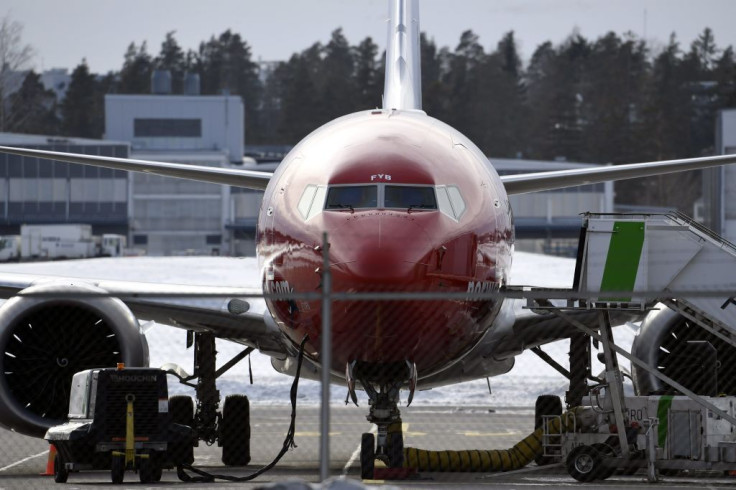Boeing Knew About 737 Max Problems Before Crash But Did Nothing

Indications are out that aerospace manufacturer Boeing was very much aware of the problems with the 737 Max aircraft long before the 2018 Lion Air crash in Indonesia. Yet it did nothing to fix those problems.
So far Boeing had been saying the alert system was not supposed to operate on all airplanes as a standard feature.
Marking a departure from that stand, a new statement said the company had spotted the problem but decided to act on it under a longer timeline.
However, the statement asserts that the software issue did not adversely affect the airplane’s safety or operation. It is not known whether the lack of alert was the cause behind the crash of 737 Max plane of Lion Air.
Disagree alerts would notify pilots whether a sensor is malfunctioning or not. In the Lion Air and Ethiopian airlines disasters, preliminary investigations pointed to the possibility of faulty data from a malfunctioning angle of attack (AOA) sensor triggering the aircraft's anti-stall software (MCAS) and pushing the nose of the planes down while pilots struggled to control the aircraft.
The statement also said Boeing’s senior leadership and regulator Federal Aviation Administration was not aware of the issue until the Lion Air crash happened.
Boeing also said there is an 'AOA disagree alert' that would work only when aircraft have been procured with additional cost paying the optional feature.
The AOA alert will tell pilots if a sensor is under stress while ‘disagree alert’ will tell whether sensors are acting contradictory to each other.
Dependence on a single sensor could be risky
Boeing argues that the alert function was not mandatory for the safe operation of the aircraft.
But this was contradicted by Boeing engineers and experts who interacted with CNN. They criticized Boeing's original software design that decided to rely on data from a single AOA sensor, noting that a scenario in which a breakdown of the single sensor due to defects was not considered.
It is also being reported Boeing did not do any trial of flight test to know what could happen to the MCAS system if the single AOA sensor fails.
Anomaly found but mitigation deferred
Boeing’s statement notes that in 2017, soon after 737 MAX deliveries started, Boeing engineers detected that the 737 Max display system software was not exactly meeting the AOA Disagree alert requirements.
Boeing’s statement makes it evident that despite knowing the flaw, Boeing's engineers decided to go slow with the logic that “the existing functionality was acceptable until the alert and the indicator could be delinked in the next planned display system software update.”
Warren Buffett says he is ready to fly Boeing’s 737 Max
Meanwhile, billionaire Warren Buffett said he would not hesitate to fly in a Boeing 737 Max airplane, despite concerns over safety issues and consequent grounding.
“I will never hesitate even for a second to fly on a 737 MAX," he told AFP on the sidelines of the annual shareholder meeting of Berkshire Hathaway. Buffett has not invested in Boeing.
© Copyright IBTimes 2024. All rights reserved.




















